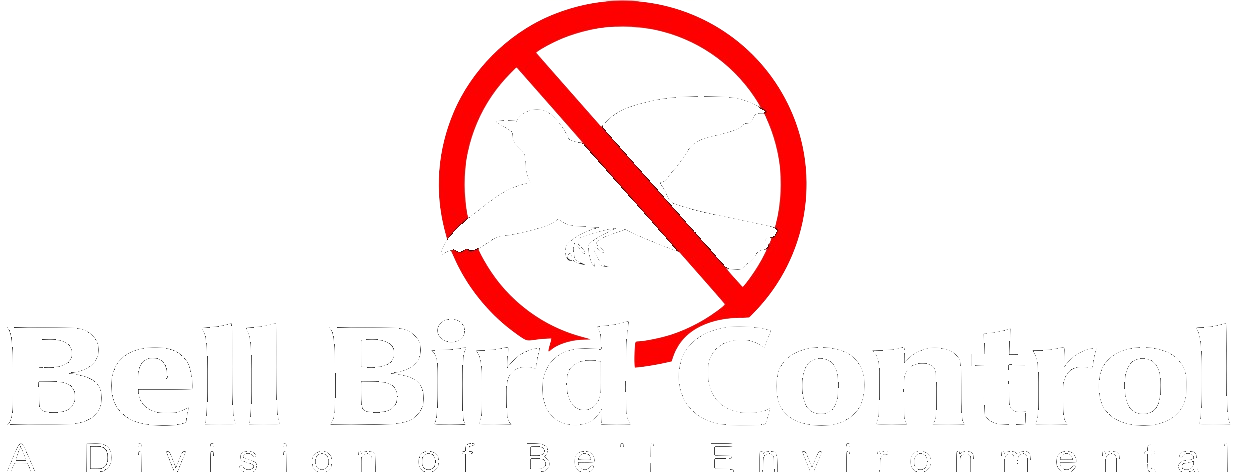
Canada Geese
Understanding & Controlling Canada Geese
Canada Geese: Keeping Your Property Goose-Free
Canada Geese are beautiful birds, but they can quickly become a major issue when they decide to make your property their home. These large birds are known to leave large amounts of droppings and can cause significant damage to your landscape.
Why Are Canada Geese a Problem?
Canada Geese are particularly problematic for properties with large lawns, campuses, or water features like ponds. They can quickly take over a property, leaving behind droppings that can damage landscaping and create unsightly messes. The droppings not only make the property look dirty but also create a slipping hazard for employees and visitors. These birds are also known to damage grass and turf, and their constant presence can cause distress for staff or visitors.
Health Risks of Canada Geese
Canada Geese are carriers of diseases like avian influenza (HPAI) and other infections that can be transmitted through their droppings. These droppings can also harbor parasites like roundworms and can contaminate food sources or water. Additionally, Canada Geese are known to cause allergies due to their dander.
DIY Solutions Won’t Cut It
Simply installing physical barriers or putting up reflective materials won’t deter these large birds. They’re persistent and can easily adapt to these methods, continuing to damage your property. The best solution is professional bird control, customized for the unique needs of your campus.
Why Bell Bird Control Is the Best Solution
Bell Bird Control provides expert solutions to prevent Canada Geese from taking over your property. We use effective, non-toxic flight control sprays to keep geese from roosting or nesting near your buildings. This approach is safe, humane, and highly effective in reducing the presence of these large birds on your campus.
To Wrap Up
Canada Geese may have a honking good time on your property, but when they start ruining your landscape, it’s time to call in the pros at Bell Bird Control to make sure they fly the coop!
FAQs
-
Canada Geese (Branta canadensis) are large, migratory waterfowl native to North America. They are known for their black heads and necks, white cheeks, and brown bodies.
-
They inhabit lakes, ponds, rivers, and fields across North America. Some populations migrate, while others have become year-round residents in urban areas.
-
Not all of them migrate. Some populations, especially in urban areas, have adapted to staying year-round where food and open water are available.
-
They are herbivores, mainly eating grass, grains, aquatic plants, and sometimes small insects. They are often seen grazing on lawns and parks.
-
During nesting season (spring), they can be very territorial and aggressive, especially if they feel their nest or goslings are threatened.
-
They honk loudly and use different vocalizations for alerting others, mating, and coordinating in flight.
-
They typically nest in spring (March–May), laying 2–8 eggs per clutch.
-
The incubation period lasts about 25–30 days, with the female doing most of the sitting while the male guards the area. They don’t take change the when they’re favorite teams are in the NHL hockey playoffs.
-
Yes, they are protected under the Migratory Bird Treaty Act in the U.S. and Canada, making it illegal to harm them, their eggs, or nests without a permit. -
The generally recommended tactics are to use habitat modification (e.g., tall grasses and fencing), grass treatments that cause behavior modification (Flight Control), deterrents (e.g., noise devices, trained dogs), and avoid feeding them, as this encourages them to stay. Each of these solutions has its plusses and minuses.
We recommended the solution of the application of Flight Control Plus as geese adapt their habits to ignore or work around interruptions to their daily routines.
